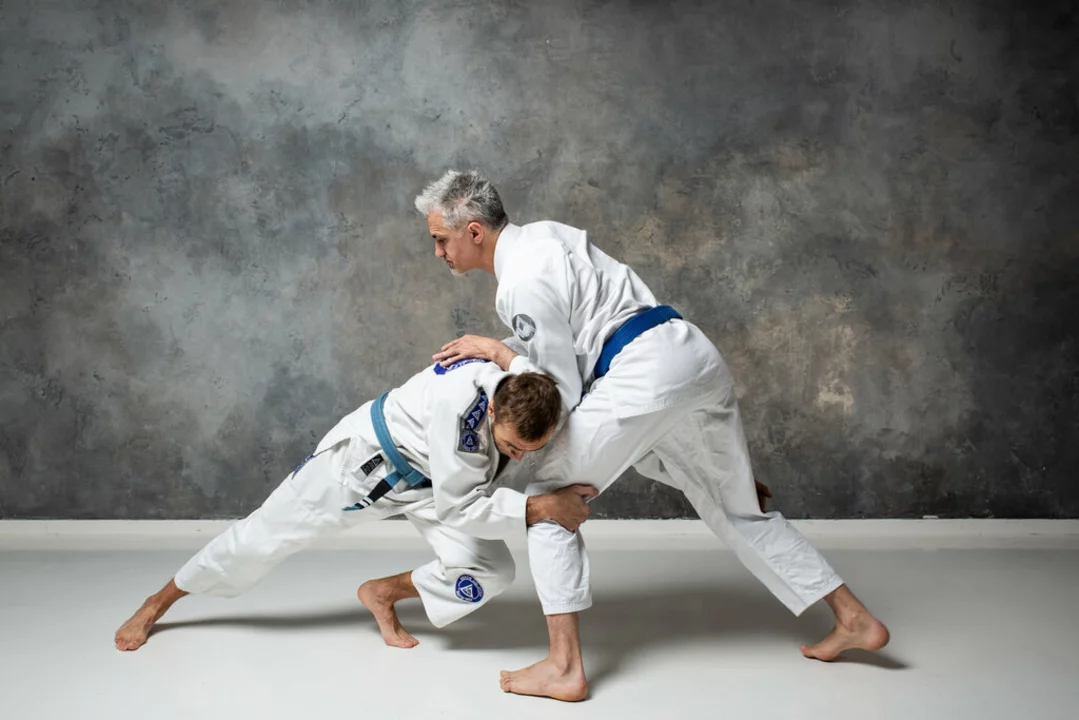May 2023 Archive – Judo, BJJ and Striking Arts Insights
When you open the May 2023 Archive, a collection of posts published in May 2023 on the Rochdale Judo Club site, you step into a snapshot of the club’s latest thoughts on martial‑arts cross‑training. The first post talks about pairing Judo, a Japanese martial art focused on throws and grappling with a powerful striking discipline. The second dives into the age‑old question of Brazilian Jiu‑Jitsu, a ground‑fighting system that prioritises submissions and positional control versus Judo in a fight scenario. Together they give a clear picture of how grappling experts think about expanding their skill set. The archive also brings in Muay Thai, a Thai striking art known for its elbows, knees, clinch work and conditioning drills as a top candidate to fill the striking gap. These three core entities weave a story about balance, effectiveness and practical training choices.
How a Striking Art Complements Grappling
Most readers wondering about a well‑rounded martial‑arts game will notice that the Judo community often recommends a striking discipline to round out the clinch and throw game. Muay Thai steps in as the go‑to option because its clinch work mirrors Judo’s grip fighting, while its powerful kicks and punches add a dimension that pure grappling lacks. Conditioning is another shared benefit – the demanding pad work and heavy‑bag routines in Muay Thai boost stamina, making it easier to stay sharp during long rolling sessions. By training in both, athletes can transition from a solid throw directly into a striking barrage, keeping opponents guessing. The May 2023 posts underline that the combination isn’t just theoretical; real‑world practitioners report smoother entries into ground positions after a Muay Thai clinch, and faster recovery between bouts thanks to the cardio focus.
The debate over which art wins in a street‑level fight – Jiu‑Jitsu or Judo – resurfaces in the archive as a practical comparison rather than a philosophical one. While Jiu‑Jitsu shines with submissions once the fight goes to the ground, Judo offers a faster path to takedowns through explosive throws, often ending a confrontation before it hits the mat. Readers get a balanced view: a Judo practitioner might use a hip throw to close distance, then switch to a Brazilian Jiu‑Jitsu guard to look for a choke. Conversely, a BJJ specialist might pull guard and work for a triangle, but could benefit from a Judo throw to avoid being taken down first. The May 2023 collection shows how blending techniques from both systems creates a more adaptable fighter, and it hints at why Muay Thai is recommended as the striking partner that ties the whole package together. Below, you’ll find the full articles that break down each argument, share training tips, and give you concrete steps to try the combos in your own routine.
Which is the best striking art to combine with Judo+BJJ?
In my recent exploration of martial arts, I've been curious about the best striking art to complement a Judo and Brazilian Jiu-Jitsu (BJJ) background. After extensive research and discussions with experienced practitioners, I've discovered that Muay Thai is often considered the top choice. This Thai-based martial art is renowned for its powerful strikes, clinch techniques, and adaptability, making it a great addition to the grappling skills of Judo and BJJ. Additionally, the focus on conditioning in Muay Thai helps to improve overall stamina and resilience. Overall, combining Muay Thai with Judo and BJJ presents a well-rounded and highly effective martial arts skillset.
Which is more effective in a fight, Jiu-Jitsu or Judo?
In a recent blog post, I explored the never-ending debate between Jiu-Jitsu and Judo in terms of effectiveness in a fight. After much research and comparison, I found that both martial arts have their unique strengths and weaknesses. Jiu-Jitsu excels in ground fighting and submissions, while Judo focuses more on throws and groundwork. It's crucial to consider personal preferences and fighting styles when choosing one over the other. Ultimately, it's a matter of individual skill and dedication that will determine the effectiveness of either martial art in a fight.
